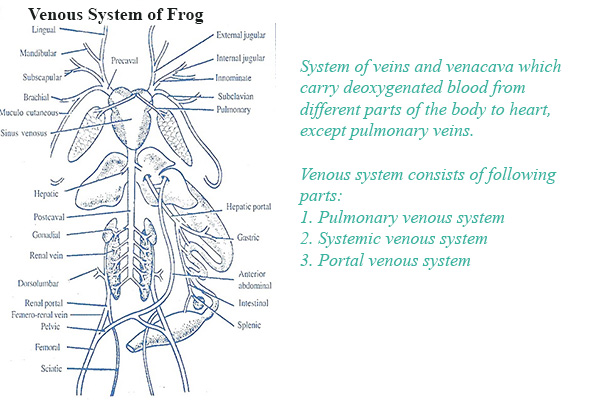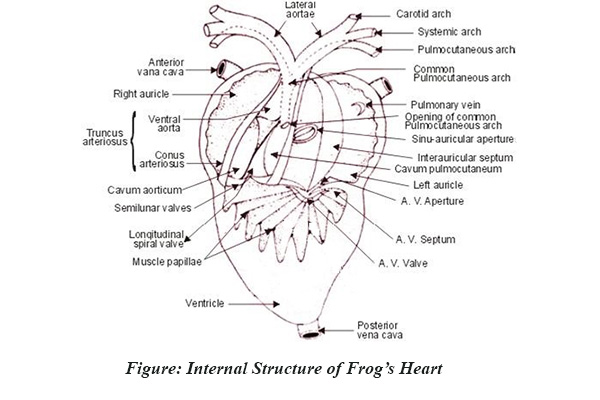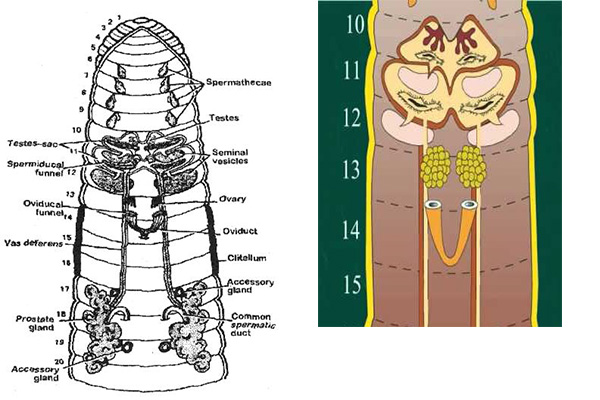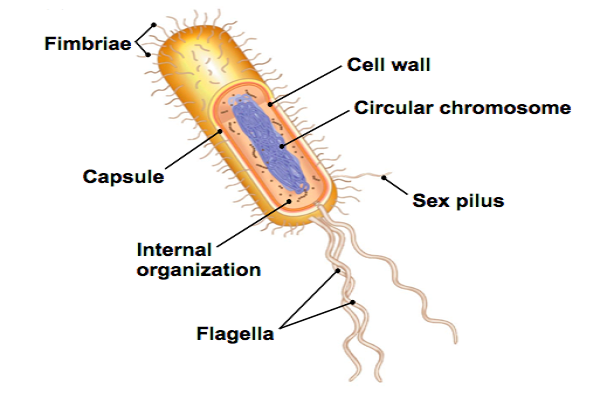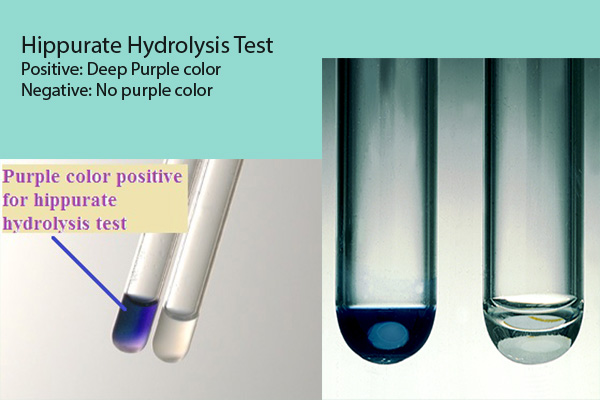Replication of Dengue Virus
Please rate this Please Rate 0 1 2 3 4 5 Replication of Dengue Virus Dengue Virus enters host cells by receptor-mediated endocytosis, which involves binding through the interaction between the surface proteins of virion (E) and cellular receptors on the surface of target cell. Once the virus has entered a host cell, the virus penetrates deeper into the cell… Continue reading "Replication of Dengue Virus <span class="rating-result after_title mr-filter rating-result-398" > <span class="mr-star-rating"> <i class="fa fa-star mr-star-full"></i> <i class="fa fa-star mr-star-full"></i> <i class="fa fa-star mr-star-full"></i> <i class="fa fa-star mr-star-full"></i> <i class="fa fa-star-half-o mr-star-half"></i> </span> <span class="star-result"> 4.36/5</span> <span class="count"> (39) </span> </span>"


